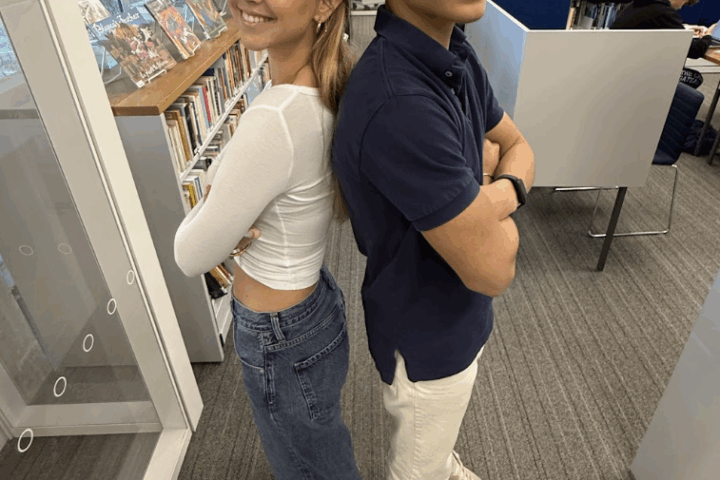Fieldston’s reopening plan is the product of eight grueling weeks: weeks of dialogue and compromise, weeks of town halls with Ms. Bagby for each representative body, and weeks of shouts and tears amongst colleagues and friends alike. Going back will evoke more than just the nervous butterflies one typically feels while lying in bed and staring at the ceiling the night before school. This year, returning strikes a highly personal chord with members of the school community, each possessing a different perspective on safety, health, and wellness.
Complicating this return even more is the lack of uniformity amongst different constituencies within the school. While some educators expressed major concerns about the safety of themselves and the students, others are eager to be back in person. How does a school balance valid safety concerns with an eagerness to return to the physical classroom? How does Fieldston enforce policies when each school has a different in-person plan and each individual in the community has different needs and concerns?
To some, including High School math teacher John Kroeger, the hyflex model – so long as it conforms to the necessary safety features – is a logical way for students to transition back into learning and engaging with their peers. In a similar vein, chemistry teacher Judy Cheng adds, “I’m excited about being able to get back to school and meeting with the new group of students and am eager to try the hyflex model. I have developed and used some type of blended learning models in my classes at other schools. There are a great deal of advantages to teaching using this model. For example, it allows for more differentiation in the classroom.”
Although the hyflex model is attractive given the flexibility it offers, other teachers note that it is imperfect. “I don’t think this model works during a virus pandemic. While Hyflex reduces the number of students on campus, it still requires faculty to be in school every day, and any gathering carries potential risk. Additionally, having to keep masks on and stay six feet apart makes it difficult to have discussions, do group work, or even talk clearly enough for the people at home to understand,” says history teacher Jennifer Kim.
These practical and logistical concerns are accompanied by major ethical queries that stakeholders including English teacher Gina Apostol are asking. “My ethical concern is this—we have an ethics curriculum at Fieldston based on considering the effects of our decisions on others…by being in-person we have made a calculated decision to harm. Our mere presence at school makes us complicit in the possible harming of others—since remote learning is the lowest-risk alternative for schools, why are we not taking the lowest-risk alternative? This becomes an ethical question, and our own bodies in person in school become a living Ethics question. I think that is problematic for students. I do not think we need to be living Ethics questions.” Despite all the precautions Fieldston has put into place, Apostol believes that the risk of returning far outweighs the reward and could potentially stand in contrast to Fieldston’s foundational values.
In anticipation of this hyflex model and the next month of remote learning, almost every teacher has participated in workshops and classes to learn more about effective ways to teach remotely. Fieldston offered various classes including one on current pedagogies from the Klingenstein Center at Columbia, one on neuroscience and remote learning, and one on basic technological tools for online learning. Ranging from participating in webinars and professional development to analyzing the teaching methods of other professionals, teachers have spent their summers working hard to ensure that the return to learning is as smooth as possible. French teacher Melanie Cooper-Leary mentioned that some teachers are varying their strategies and are creating shorter lessons, varied activities, shorter assessments, and even incorporating games to make their lessons more fun.
Each department has poured time and effort into adapting their curriculum to the virtual sphere. The science department has spent this summer thinking through ways to bring experiments and labs to the students virtually. Ms. Cheng states, “There are lots of ideas that we learned. I can only speak for the chemistry team. We have been practicing and working out many activities that involved simulations—like pHet or Gizmo, virtual labs—like Labster and some safe experiments that can be done at home using household chemicals.” Additionally, many teachers across departments will be posting their slideshows or lesson plans online, making access easier for students.
While teachers did not all share the same view of the hyflex model, they did agree that self-advocacy has never been more important. Mr. Kroger emphasizes, “Different students struggle with different things. In order for me to help them, there needs to be ongoing communication. Make as much use of the teacher as you can. Please do not hesitate to ask questions and please do not feel as if you have to do this alone.” All the teachers understand the difficulty of grasping concepts online and are more willing than ever to help students succeed.





